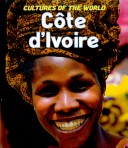
“Provides comprehensive information on the geography, history, wildlife, governmental structure, economy, cultural diversity, peoples, religion, and culture of Côte d’Ivoire”–Provided by publisher.

“Provides comprehensive information on the geography, history, wildlife, governmental structure, economy, cultural diversity, peoples, religion, and culture of Côte d’Ivoire”–Provided by publisher.
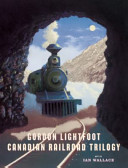
This lavishly illustrated book brings Gordon Lightfoot’s heart-stirring song to readers. Commissioned by the CBC in 1967 to mark Canada’s centennial year it eloquently describes the construction of the transcontinental railway, a great feat of nation building that changed Canada forever. Award-winning illustrator Ian Wallace brings the song to visual life with his sweeping landscapes and evocative portrayals of the people who lived the building of the railroad. The book includes Gordon Lightfoot’s music and lyrics, a brief history of the railroad and notes on the illustrations.
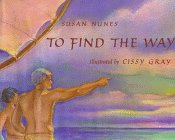
Using his knowledge of the sea and stars, Vahi-roa the navigator guides a group of Tahitians aboard a great canoe to the unknown islands of Hawaii.
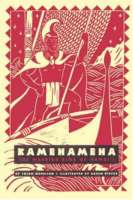
A comet blazes across the night sky, heralding the birth of a powerful king who will rule the Hawaiian Islands. Then a baby is spirited away to the mountains to escape a jealous chief wary of the prophecy. As dramatic as a Greek myth, the story of Kamehameha the Great, Hawai’i’s warrior king, is retold here for readers of all ages. From his childhood in exile to his return to court and the lifting of the great Naha Stone, we follow this brave and ambitious youth as he paves his way to becoming first conqueror and then monarch of a unified Hawaiian kingdom.
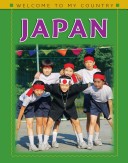
This series introduces young readers to the diverse cultures and peoples of different countries around the world.
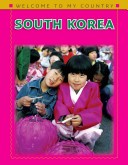
This series introduces young readers to the diverse cultures and peoples of different countries around the world.
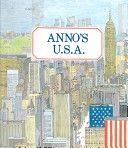
In wordless panoramas, Anno travels through history in his search for things American.
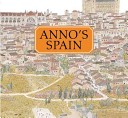
The imaginative Anno takes us through Spain in his newest journey book, depicting the enchanting cities and eras of this intriguing country. Wordless book.
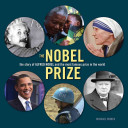
“I would like . . . to help dreamers, they find it hard to get on in life.” — Alfred Nobel. Alfred Nobel, born in Sweden in 1833, was a brilliant inventor and businessman. Although he held more than 300 patents when he died in 1896, he earned his extensive fortune and worldwide fame through his invention of dynamite and his work on armaments. He never married and was constantly on the move around Europe, visiting his manufacturing plants.His handwritten one-page last will and testament directed that the majority of his vast fortune be invested and the interest distributed to the most deserving individuals in the fields of medicine, chemistry, physics, literature and peace. Between 1901 and 2009, the five Nobel Prizes and the Prize in Economic Science were awarded 537 times.This book tells the fascinating story of how a few simple instructions in Nobel’s will were transformed into a huge philanthropic organization that holds a unique position in the modern world.The Nobel Prize covers: The life and accomplishments of Alfred Nobel His will and the establishment of the Nobel Prize Committee How the Nobel laureates are selected The establishment of the new award in Economics in 1968 Profiles of U.S. presidents and world leaders who have won the prize Lists of families and individuals who have won the prize Profiles on the lives and accomplishments of the most famous laureates The backgrounds of each of the six prizes: chemistry, physics, medicine, peace, literature and economicsThe Nobel Prize brings to life the story of the world’s most famous prize.
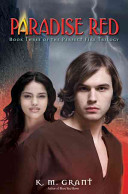
Master storyteller K. M. Grant brings the dramatic saga of young love and religious conflict to a satisfying end in the final book of the Perfect Fire trilogy. As winter falls upon the Occitan, Raimon must find a way to recover the Blue Flame from the hands of the evil White Wolf. But his plan could lead him back to the pyre—and he might not be so lucky to escape from it again. Meanwhile, Yolanda—unwillingly married to Sir Hugh des Arcis—is threatened by her husband’s desire for a son. As Sir Hugh sets off on a mission to claim the Occitain for France, she makes her own journey through the blizzard to find Raimon, a journey that could end in disaster. As the flames rise one last time, Raimon and Yolanda’s fates, like the fates of the Flame and the Occitan itself, hang by a smoky thread.